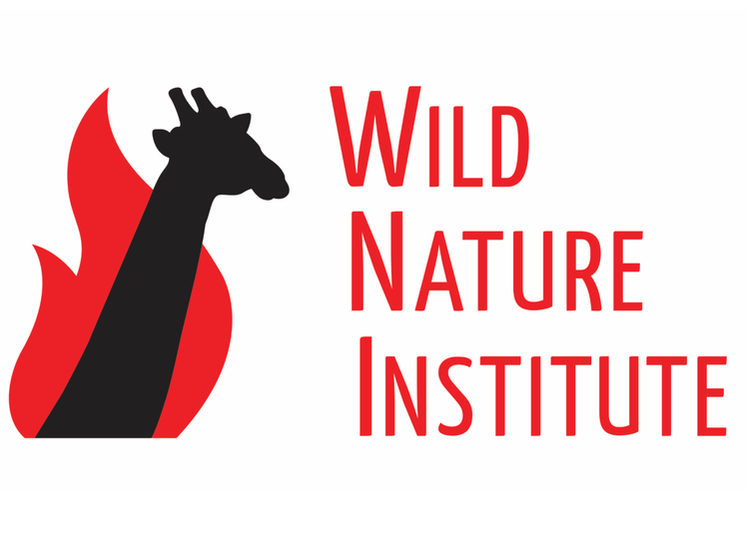|
The Wild Nature Institute's goal is to ensure that research on forest fire, insect outbreaks, and wildlife is translated into improved forest-protection policies and effective forest-management activities that conserve snag forests, also called complex early seral forest: a critical, scarce, and misunderstood wildlife habitat.
A Video Portraying the Natural Beauty of Forests
|
Science News and Updates From the Field from Wild Nature Institute.
All Photos on This Blog are Available as Frame-worthy Prints to Thank Our Generous Donors.
Email Us for Details of this Offer. Archives
July 2024
|
|
Mailing Address:
Wild Nature Institute PO Box 44 Weaverville, NC 28787 Phone: +1 415 763 0348 Email: [email protected] |
|

 RSS Feed
RSS Feed
